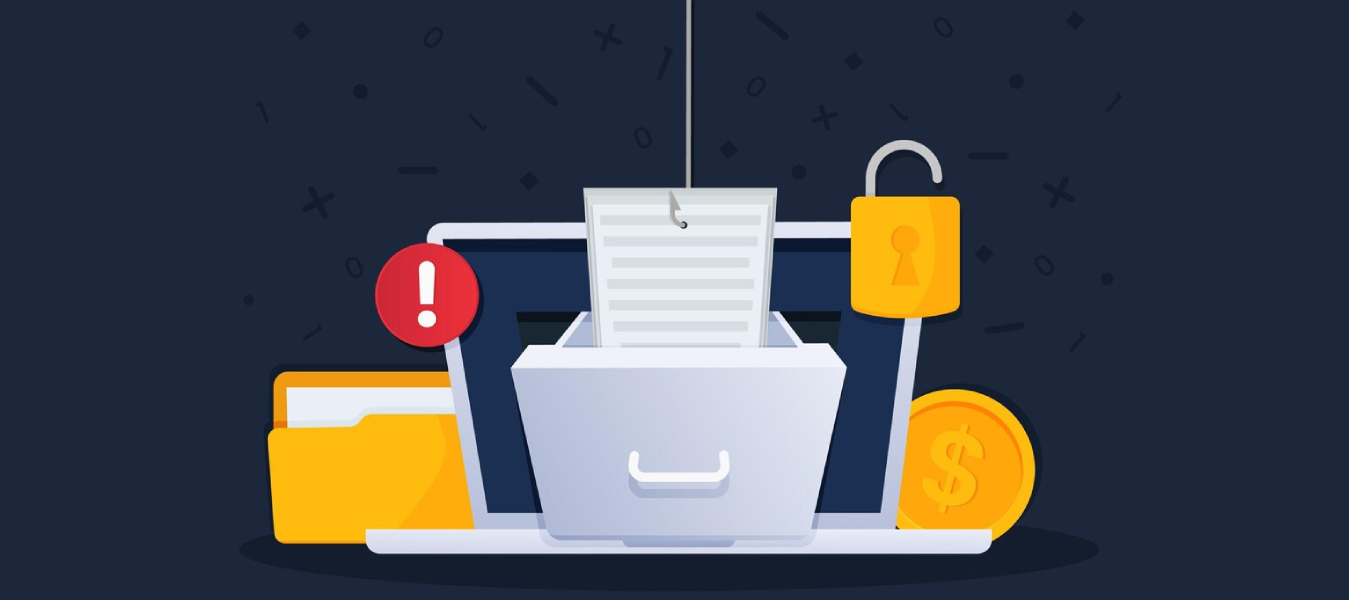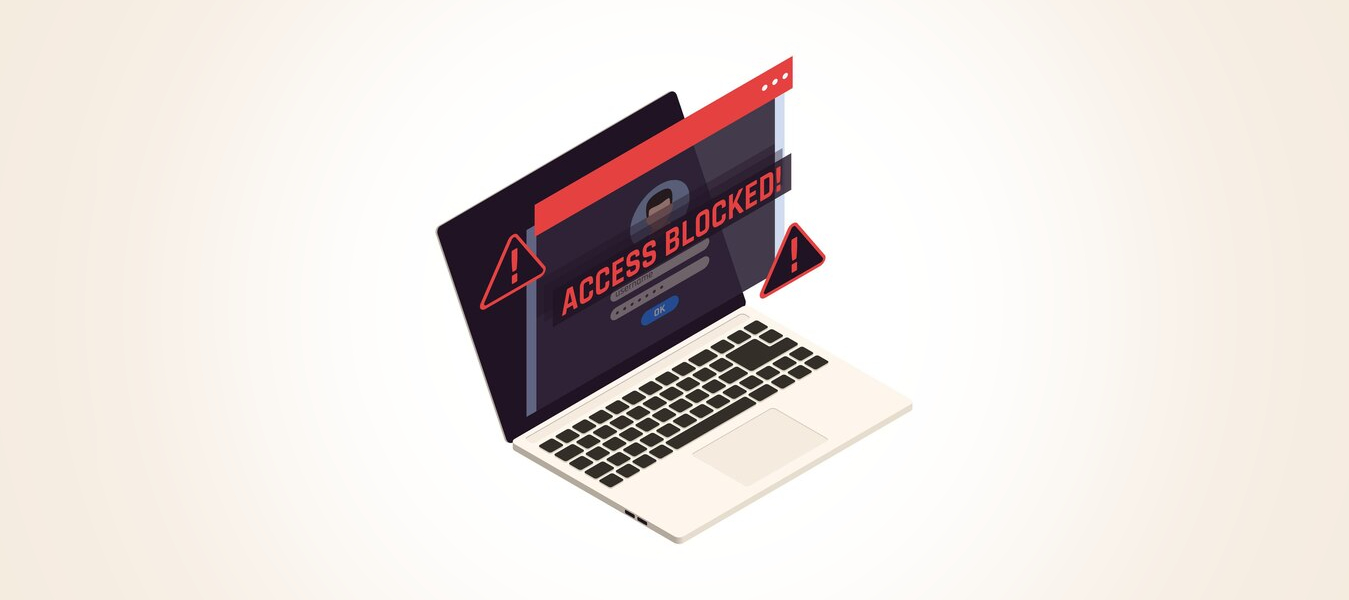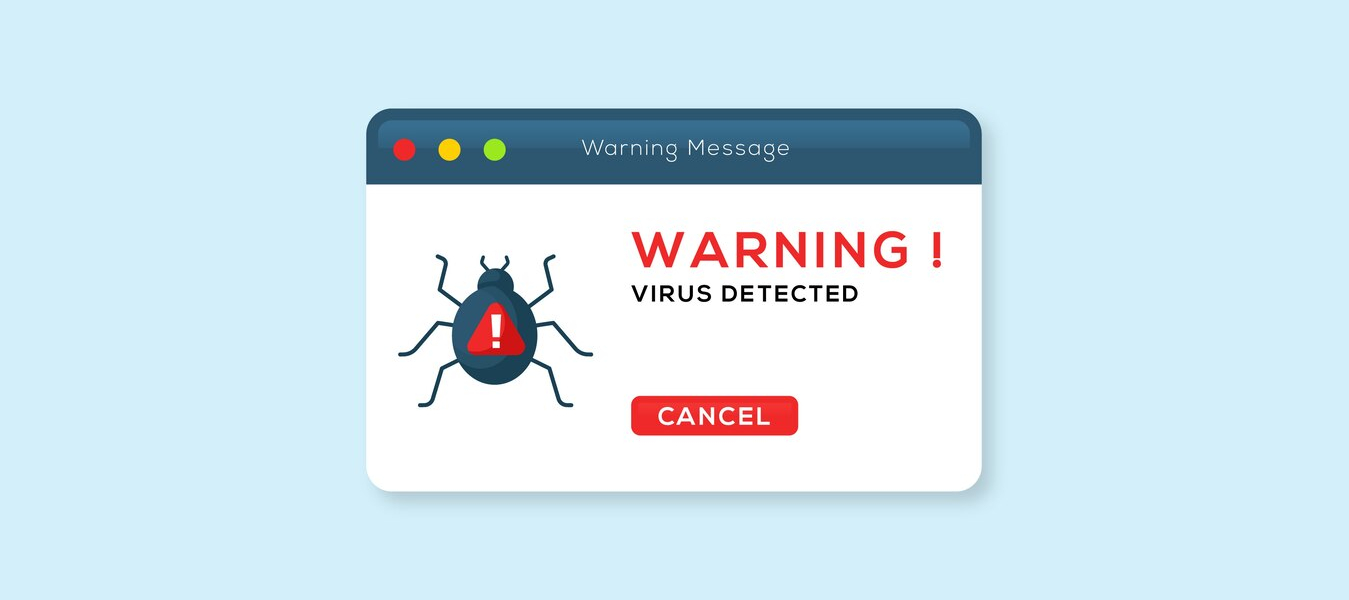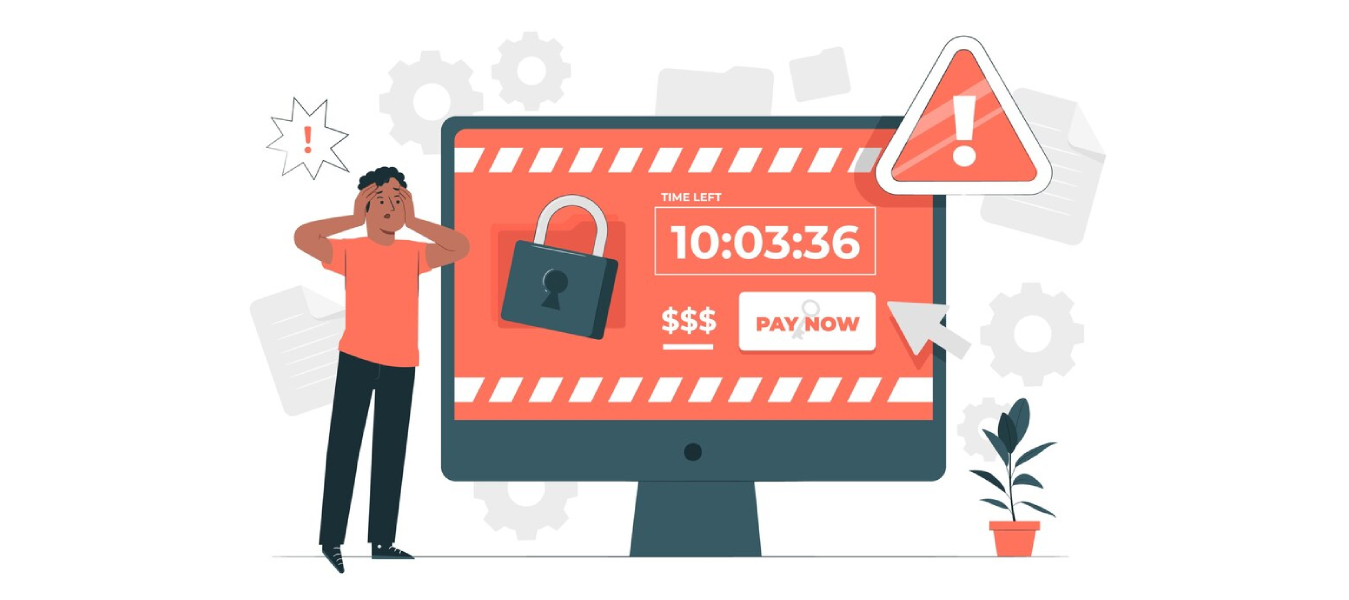
Data Breach
What is a Data Breach?
A data breach is an incident in which sensitive, confidential, or protected data is exposed, accessed, or disclosed without authorization. Data breaches can occur in various ways, and they may involve the loss, theft, or compromise of personal information, financial records, intellectual property, or other types of data.
Common Causes of Data Breaches
Data breaches can result from various causes, including:
- Cyberattacks: Such as hacking, malware, and ransomware.
- Insider Threats: Malicious actions or negligence by employees or contractors.
- Lost or Stolen Devices: Theft or loss of laptops, smartphones, or other devices.
- Third-Party Security Issues: Breaches that occur at suppliers, vendors, or service providers.
- Phishing Attacks: Deceptive emails or messages leading to data exposure.
Types of Data Exposed in Breaches
Data exposed in breaches can include personal data (e.g., names, addresses, Social Security numbers), financial information (e.g., credit card numbers, bank account details), intellectual property, healthcare records, login credentials, and more.
How Data Breaches Work
Attack Methods and Vulnerabilities
Data breaches can occur through various attack methods, exploiting vulnerabilities in systems, networks, or human factors. These may include:
- Cyberattacks: Infiltration of systems through hacking, malware, or other malicious means.
- Insider Threats: Intentional or accidental data disclosure by employees or contractors.
- Weak Security Practices: Poorly configured or outdated security measures.
- Third-Party Risks: Breaches that originate from service providers or vendors.
- Social Engineering: Manipulating individuals to disclose sensitive information.
Consequences of Data Breaches
The consequences of data breaches can be severe, including:
- Financial losses, including expenses for data recovery and legal actions.
- Reputational damage, leading to customer trust erosion.
- Legal and regulatory implications, such as fines for non-compliance.
- Compromised data integrity, leading to fraud or identity theft.
- Business disruption and loss of intellectual property.
- Customer notification and data breach disclosure requirements.
Preventing Data Breaches
Best Practices for Individuals
Individuals can protect themselves from data breaches by:
- Using strong, unique passwords for online accounts.
- Enabling two-factor authentication where available.
- Regularly monitoring financial and online accounts for suspicious activity.
- Being cautious about clicking on links or downloading files from untrusted sources.
- Encrypting sensitive data on personal devices.
- Educating themselves about common cybersecurity threats and safe online practices.
Best Practices for Businesses and Organizations
Businesses and organizationa can enhance their cybersecurity by:
- Implementing strong access controls and data encryption.
- Regularly patching and updating software and systems.
- Conducting cybersecurity training and awareness programs for employees.
- Establishing an incident response plan for data breaches.
- Regularly auditing and monitoring network traffic for anomalies.
- Collaborating with external cybersecurity experts and organizations.











